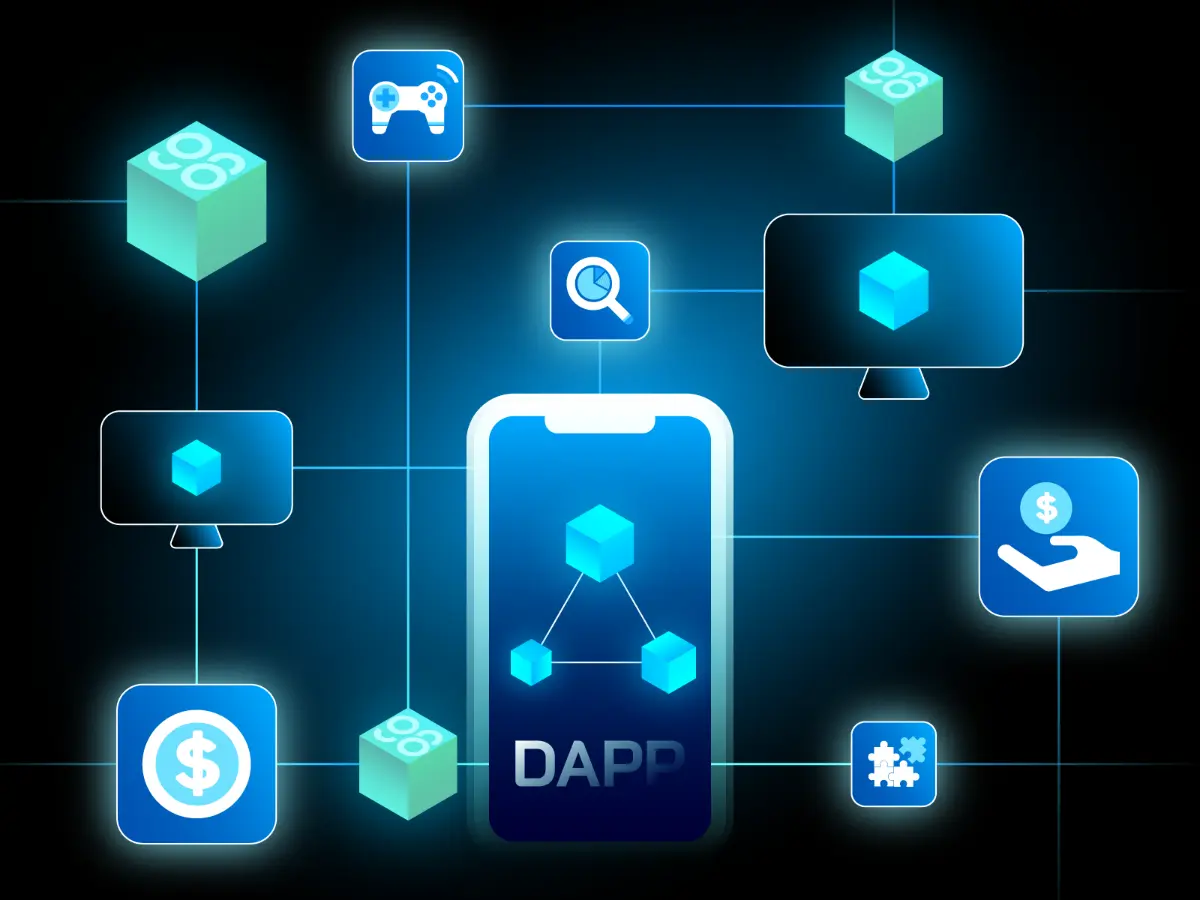Decentralized Application Explained: What is a DApp?

DApp is an indispensable part of DeFi. Nevertheless, people are using them without actually understanding them fully.
That is why in this article, I will introduce you to DApp as well as how and why they matter.
What is a DApp (Decentralized Application)?
DApp means Decentralized Application. DApps are built on smart contracts, making them automotive and hence, decentralized. These kinds of applications can run without any entity management.
DApps operate on blockchain platforms. Depending on the infrastructure of the blockchain, they can have different statistical performances, namely in transaction speed, transaction cost, and so on and so forth.
DApps vs. Smart contracts
Even though DApp and smart contract are two different categories, they are closely related.
As mentioned above, DApps are built on smart contracts. Basically, these applications are the combination of smart contracts (backend) with an interface (frontend). Without smart contracts, DApp cannot maintain its “decentralized” element.
Smart contracts, on the other hand, are the fundamental infrastructure of not only DApp but the whole DeFi space in general. Smart contracts create and sustain decentralization, automation, and security. For anything to reach those attributes, using smart contracts is a must.
What makes a DApp?
DApp is an imperial part of DeFi. As such, the components that make a DApp are:
- Smart contracts: The core of DApp. Smart contracts define how a DApp works.
- Interface: Like any other application, DApp needs a frontend interface for user interaction.
- Blockchain platform: DApp needs a blockchain platform to run on. Without blockchain technology, smart contracts can not be executed, nor can DApps.
Types of DApps
DApps are categorized based on their functionality. In Decentralized Finance, each DApp plays a specific role, and together they make up a financial ecosystem.
Some of the most popular types of DApp are AMM, Lending & Borrowing, NFT Marketplace, Play to Earn...
DApps Examples
Each DApp is created to tackle a particular problem. For instance:
- AMM DApp is made to serve the demand for swapping tokens and liquidity.
- Lending & Borrowing DApp is made to serve the demand for leveraging capital.
- NFT Marketplace DApp is made to serve the demand for trading NFTs.
Conclusion
This is everything you need to know about DApp. If you have any questions about DAPP, don't hesitate to leave a comment below. The Coin98 team will answer your questions as soon as possible.